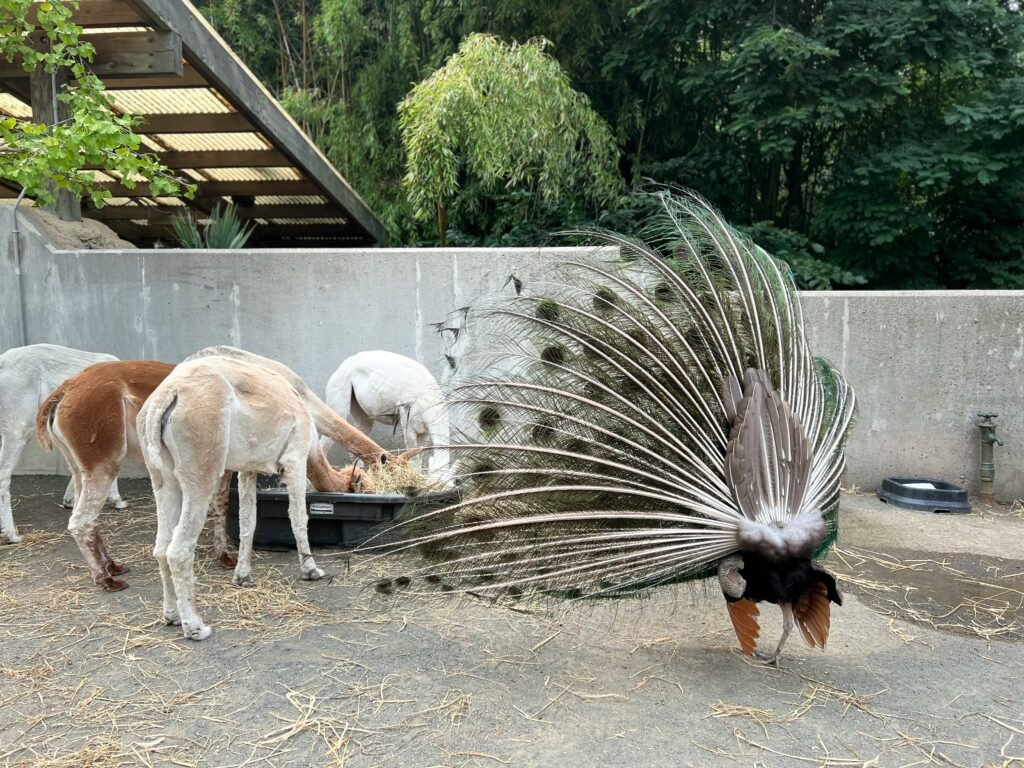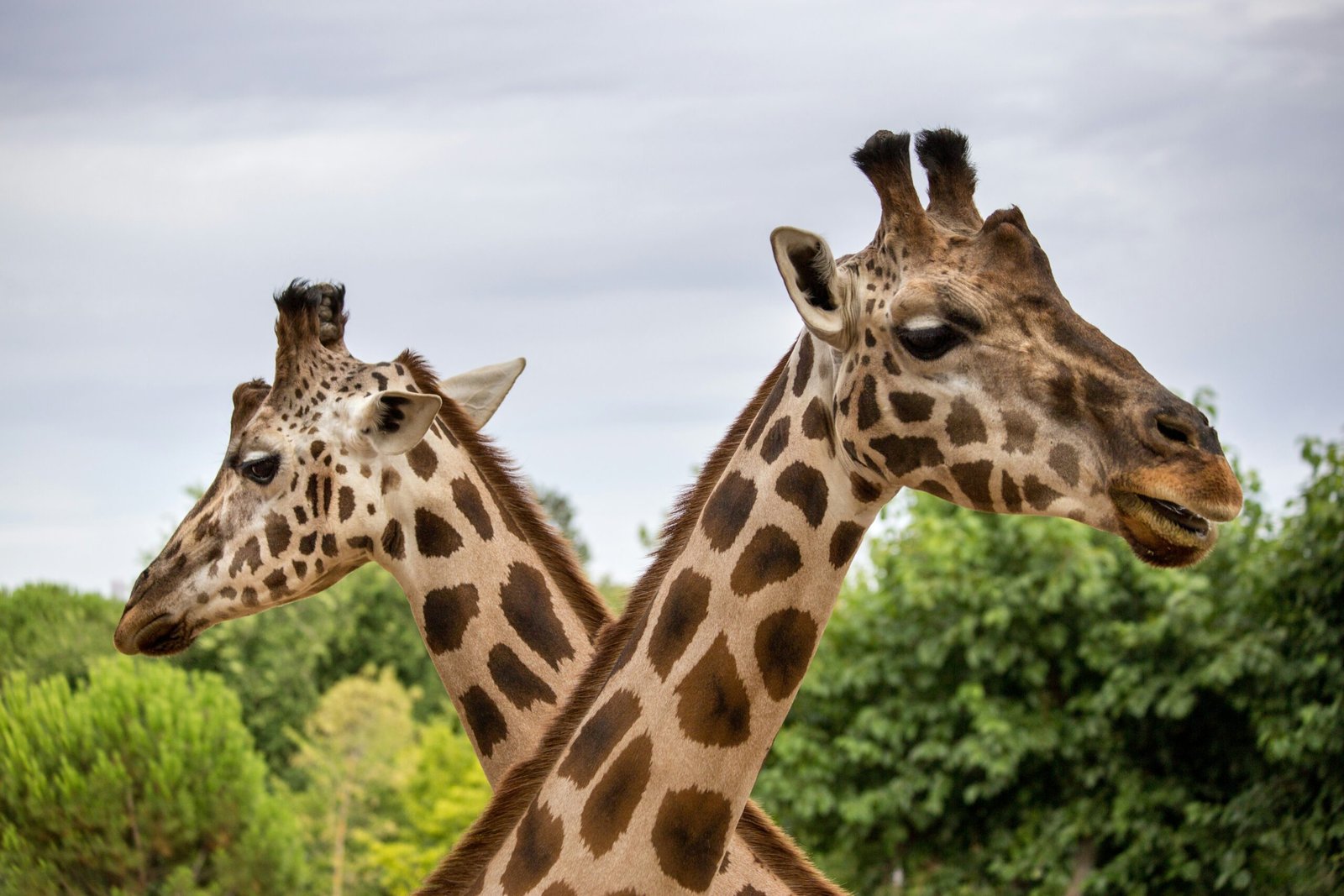A Brief History of Lincoln Park Zoo
Established in 1868, Lincoln Park Zoo stands as one of the oldest and most iconic zoos in the United States. Situated in the heart of Chicago’s Lincoln Park, this esteemed institution has long been a vanguard in the fields of animal conservation and public education. Its storied past begins with the donation of a pair of swans by New York’s Central Park. From these humble beginnings, Lincoln Park Zoo has grown into a world-renowned sanctuary, drawing millions of visitors annually.
The location in Lincoln Park itself holds historical significance, serving as a recreational space for Chicagoans since the mid-19th century. Over the decades, the zoo has undergone numerous transformations that have solidified its place in zoological history. Significant events, such as the introduction of Chicago’s first bison herd in the early 1890s and the revolutionary open-air enclosures in the mid-20th century, have consistently placed Lincoln Park Zoo at the forefront of innovative animal care and exhibit design.
One of the zoo’s most notable contributions to conservation came in the 1980s with its African penguin breeding program, which significantly bolstered the population of these charismatic birds. Adding to its accolades, Lincoln Park Zoo established the Hurvis Center for Learning Innovation and Collaboration, cementing its role as a leader in education. This center fosters a deeper understanding of wildlife and conservation among students and visitors through interactive exhibits and educational programs.
Lincoln Park Zoo’s commitment to continuous improvement is evident in its major renovations, such as the Regenstein Center for African Apes and the Kovler Lion House. These cutting-edge facilities showcase the zoo’s dedication to creating enriching environments for its diverse animal residents while offering visitors an engaging and educational experience. Each milestone in Lincoln Park Zoo’s history underscores its unwavering mission to connect people with nature and preserve wildlife future generations.
Must-See Exhibits and Attractions
Regenstein Center for African Apes

Lincoln Park Zoo is home to an impressive array of exhibits that cater to visitors of all ages, offering a diverse and engaging wildlife experience. One of the standout attractions is the Regenstein Center for African Apes. This state-of-the-art facility allows visitors to observe gorillas and chimpanzees in environments designed to mirror their natural habitats, providing both educational opportunities and enriching experiences for the animals. The center’s glass walls and multiple viewing levels ensure that there is always a great vantage point to observe these remarkable creatures up close.
Kovler Seal Pool

Another must-see exhibit is the Kovler Seal Pool. This exhibit features the playful antics of harbor seals, captivating visitors with their agility and grace. The pool is designed to resemble a natural coastal environment and includes underwater viewing areas, which offer an immersive experience as seals glide effortlessly through the water. Various feeding sessions and educational talks scheduled throughout the day provide deeper insights into the lives of these fascinating marine mammals.
Farm-in-the-Zoo

For those seeking a hands-on experience, the Farm-in-the-Zoo is a perfect destination. This interactive exhibit brings a slice of rural life to the heart of the city, allowing visitors to get up close with a variety of farm animals such as goats, cows, and chickens. In addition to meeting the animals, visitors can participate in milking demonstrations and other farm-related activities. The Farm-in-the-Zoo provides educational programming aimed at teaching children about the origins of their food and the importance of sustainable agriculture.
McCormick Bird House

Bird enthusiasts will find the McCormick Bird House particularly enchanting. This exhibit showcases a wide variety of avian species from around the globe, housed in habitats that mimic their natural environments—from tropical rainforests to arid deserts. The McCormick Bird House uses immersive walk-through aviaries and interactive features to engage visitors, fostering a deeper appreciation for the diversity and beauty of birdlife. Informative signage and occasional keeper talks further enhance the educational aspect of this exhibit.
Planning Your Visit: Tips and Essentials
Planning ahead can make your trip to Lincoln Park Zoo even better. Located in downtown Chicago, this zoo offers free admission, making it accessible to everyone. To ensure a smooth visit, keep a few key points in mind.
First, check the zoo’s hours. Lincoln Park Zoo is usually open from 10 am to 5 pm, but hours can change depending on the season or holidays. You can find the current schedule on the zoo’s official website, so be sure to check ahead.
Admission is always free, but donations help support the zoo’s conservation work. Because of the free entry, the zoo can get crowded. For a quieter experience, visit early on weekdays when the crowds are smaller.
Parking is available nearby. While the zoo doesn’t have its own lot, the Lincoln Park Zoo parking facility is just a short walk away. Prices vary, so plan for parking costs.
The zoo is accessible for everyone. Wheelchairs are available for rent, and most exhibits are designed with accessibility in mind. You can grab an accessibility map at the entrance or online to make your visit easier.
For families, the zoo offers many kid-friendly spots. The Farm-in-the-Zoo is a favorite, letting children interact with farm animals. The Nature Boardwalk and Kovler Seal Pool are perfect for relaxing strolls and watching animals.
Photographers will love the zoo’s landscapes and wildlife. The Regenstein African Journey and Helen Brach Primate House are great for animal photography. Plus, the Skyline Patio offers beautiful city views.
Lastly, grab a map at the entrance. It will help you find key attractions and make sure you don’t miss any must-see spots during your visit to Lincoln Park Zoo.
Conservation and Community Engagement Efforts
Lincoln Park Zoo stands as a leader in conservation and community engagement. It’s more than just a place to visit—it’s a force for global impact. The zoo focuses on key conservation programs that protect endangered species and their habitats.
One of its main efforts is breeding endangered species. The zoo runs well-managed breeding programs that help grow animal populations and maintain genetic diversity. Success stories include species like the Amur leopard and the Red-crowned crane.
Besides breeding, the zoo works on habitat restoration. These projects rebuild ecosystems both locally and around the world. By restoring natural habitats, the zoo provides safe spaces for wildlife and promotes ecological balance.
Research also plays a crucial role at Lincoln Park Zoo. The Davee Center for Epidemiology and Endocrinology leads cutting-edge studies on animal health and behavior. By partnering with universities, the zoo contributes valuable data to help protect wildlife.
Education and community engagement are equally important to the zoo’s mission. Programs like summer camps introduce kids to wildlife, fostering a lifelong love for nature. The zoo also offers volunteer opportunities, where locals can help directly with animal care and conservation.
Visitors can support the zoo in various ways, from donations to volunteering. Financial contributions fund key conservation projects, while community participation broadens the zoo’s impact. These efforts help Lincoln Park Zoo drive change both locally and globally, continuing its legacy of conservation and education.







